Talking All Things Employer Branding With DoiT’s Resident Guru
Table of contents
We spoke with Rob Cummings, Talent Acquisition Operations Specialist at DoiT, about how to win company buy-in on employer branding, why you don’t need to lock in a rock-solid employer value proposition (EVP) to get started, and why Wendy’s might be winning the game with its unconventional approach to Twitter.
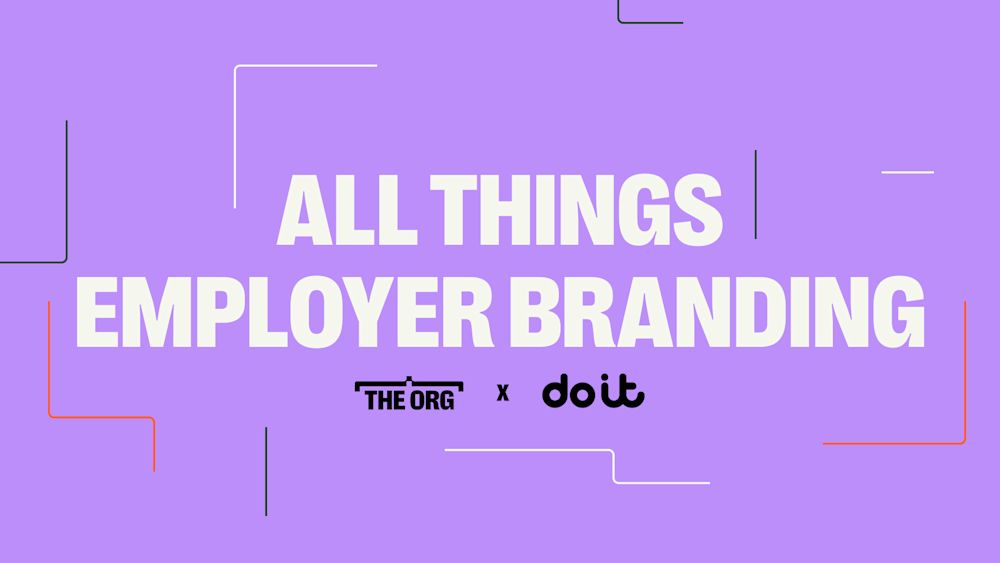
Recently, we were fortunate to speak with Rob Cummings, Talent Acquisition Operations Specialist at DoiT. Sitting at #15 on Fast Company’s 2022 Best Workplaces for Innovators List, DoiT builds technology to streamline cloud infrastructure management, freeing up time for companies to instead dedicate to building their applications. If time is money, well… you can do the math.
In his role at DoiT, Rob brings his passion for employer branding to everything he touches, whether it’s tailoring job descriptions for candidates across the globe or using his marketing background to optimize recruiting outreach campaigns.
In this conversation, we touched on how to win company buy-in on employer branding, why you don’t need to lock in a rock-solid employer value proposition (EVP) to get started, and why Wendy’s might be winning the game with its unconventional approach to Twitter.
Below is our candid chat with Rob.
You’re the one in the employer branding drivers seat over at DoiT. What led you to your role?
In previous roles, which were more or less HR generalist positions, I fell in love with talking with people and helping them along their career; whether it was helping employees understand what they need to do to get promoted, onboarding new hires, or talking to candidates — my favorite parts of the role all involved talking to people.
My sister-in-law has been doing this kind of work for 10-plus years at ADP as the Director, Tech Employer Branding & Marketing. I picked her brain about her job, and how she explained it really opened my eyes to the fact that I didn’t have to be pigeonholed into an HR generalist role. I could explore other things and get back to what I really enjoyed doing, which is helping people and connecting with people.
During the pandemic I got my Master’s Degree in Marketing, with a concentration in Digital Marketing, and a month after graduating I landed the job at DoiT.
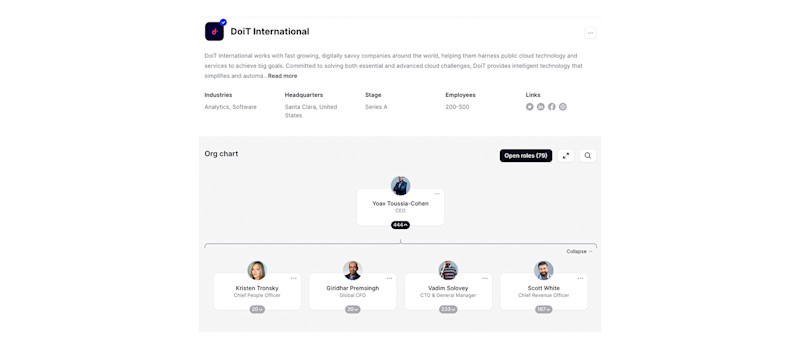
If you think about it like a Venn Diagram, you’ve positioned yourself where the HR and marketing circles would overlap?
Exactly. Employer Branding is the connecting bridge between marketing and talent acquisition. You need to understand everything that marketing is doing, but you also really have to understand a company’s hiring needs, the candidate pipeline, etc. And things get much more complex and layered when you’re doing it for a global company like DoiT.
Good segue. DoiT is an international company — what does employer branding look like from a global perspective?
At DoiT, we hire a lot in the US and Canada, and we also hire a lot in EMEA. If we're trying to attract candidates in Germany, we might have to tweak the job description or title to resonate more with German candidates and focus on what gets them excited about the job. It’s different from what you’d write for the same position in, for example, California, but it makes a huge difference when you measure the difference in results.
The talent acquisition side of employer branding is incredibly important — you really need to understand the needs of your company. But you also need to give your people a platform to share their experiences. When people are involved in storytelling, they feel more of a connection to the company and their colleagues. At the end of the day, the magic happens when you create a greater sense of inclusiveness and belonging.
If you’re working on employer branding at a global company, is a book that really helped me get up to speed quickly. It uses gradient scales to explain how different cultures typically think about important topics like work life balance, feedback styles, meeting norms, etc. and gives advice on how to tailor your messaging for your target audiences.
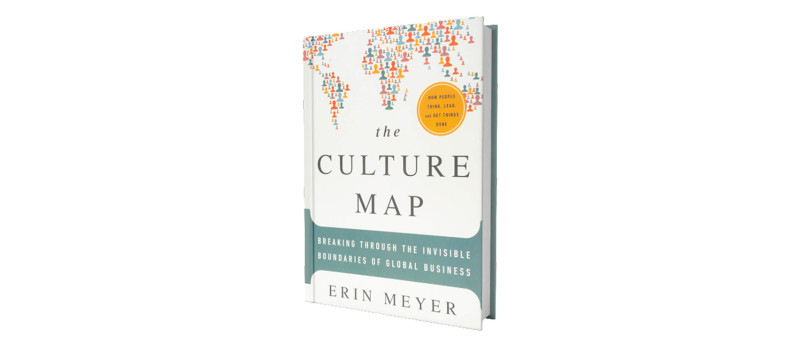
Speaking of advice, what advice would you give someone who wants to implement employer branding strategies at their company but is strapped for time?
One way to work smarter, not harder is to tap your own people. For example, you can quickly produce a really compelling video by simply reaching out to a colleague and saying, “Hey, I want to amplify your story.” That’s what candidates want to see, right? They don't want another corporate post about how great your company is.
It's not much different from selling a product or service; nobody cares what a company says about itself. As a consumer, you want to read reviews and testimonials. Employer branding is about what your people actually think about your company. What do they respond to? Do their values align with yours? Does their experience working at your company line up with what you promised them during the interview process?
Where do you see employer branding heading in the coming years?
I think more and more companies are going to understand how incredibly important employer branding is, and, rather than treating employer branding as someone’s “side gig,” they're going to start building teams dedicated to it as a unique function.
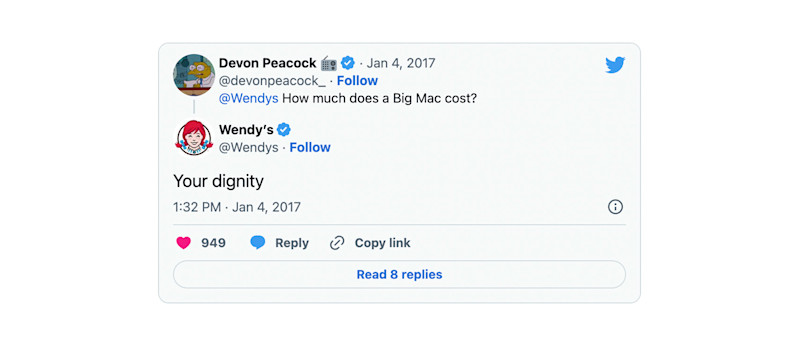
It’s more important than ever to show candidates why you’re a preferred place to work — to differentiate yourself from your competitors or other players in your industry. Do you want to keep everything super polished, or do you want to look rugged and scrappy? Do you want to be like Wendy's — yeah, I love Wendy's — and mess around with other companies on Twitter for fun? Or is that not your style?
Are there employer branding clichés that give you pause?
I always hear, “What's your employer value proposition (EVP)? You need a strong foundational EVP so that you can develop strategy and content around that.” I always thought that was B.S, to be honest.
EVP is important, but you don’t need a concrete, clearly defined EVP to use as a starting point. If you're tapped into your people and what resonates with them, you don't have to go through a strenuous 6-month-long process to get going. You should already have a good idea — and if you don't, you're probably doing something wrong.
What is a common misconception around employer branding that you think fast-growing startups should have on their radars?
There are major misconceptions around how long it actually takes to build a robust employer brand. You get people asking, “Why is it taking so long to see ROI?”
There's a lot of education work that goes into establishing a company-wide foundation. Again, it's like selling a product: you can't make magic happen overnight. People need to develop trust in you, your brand, and your people. You need to consistently put out content that resonates with the exact people who you're trying to build relationships with. That takes real time.
For example, it could take passive candidates an entire year before they see something from your company that makes them say, “Oh, now I really want to work there.”
Tell us more…?
I really love infographic and metaphor that a company called Drift created. It shows how you can’t focus on employer branding solely on the surface — there’s more that goes on beneath what you see at first glance.
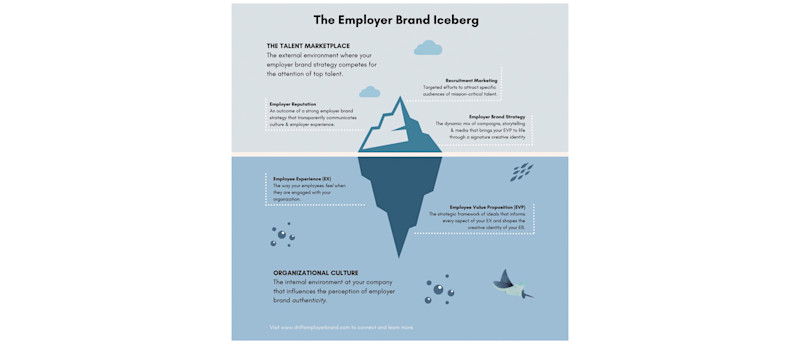
Get in front of millions of visitors and job seekers.
- Showcase your company culture to a vast community of professionals
- Host your team on a free org chart to keep employees aligned
- Post jobs on our free job platform for high growth startups
¬Ð¿Ú¬“¬◊ ‚Üí


The ¬Ð¿Ú¬“¬◊ helps
you hire great
candidates
Free to use – try today